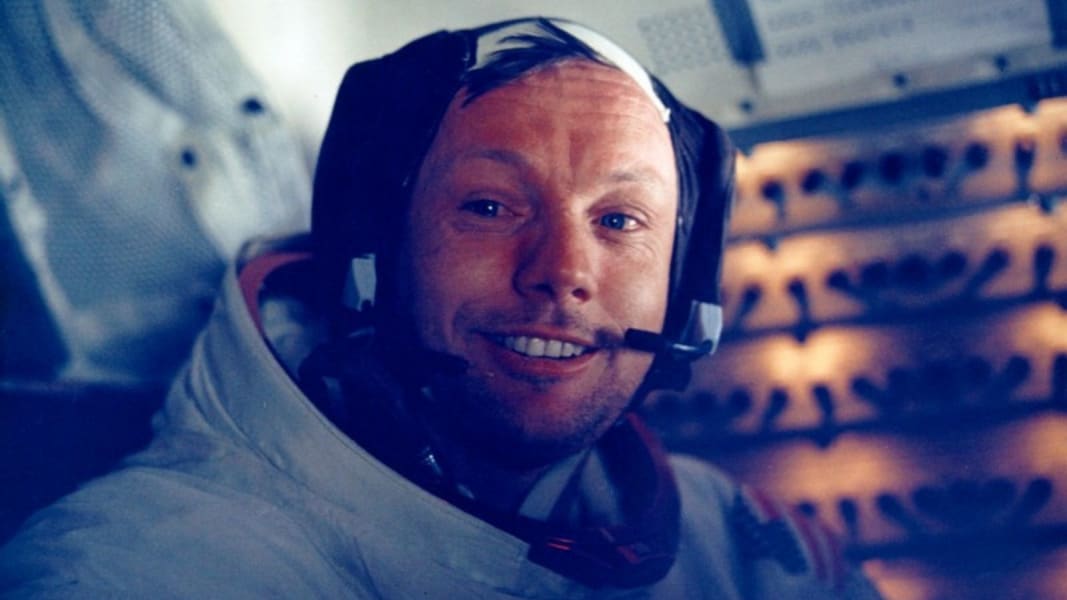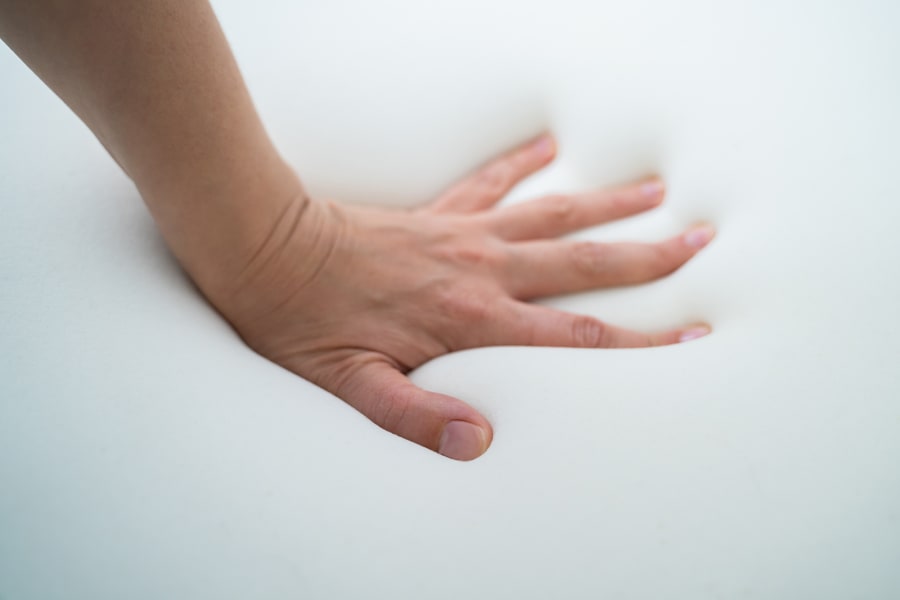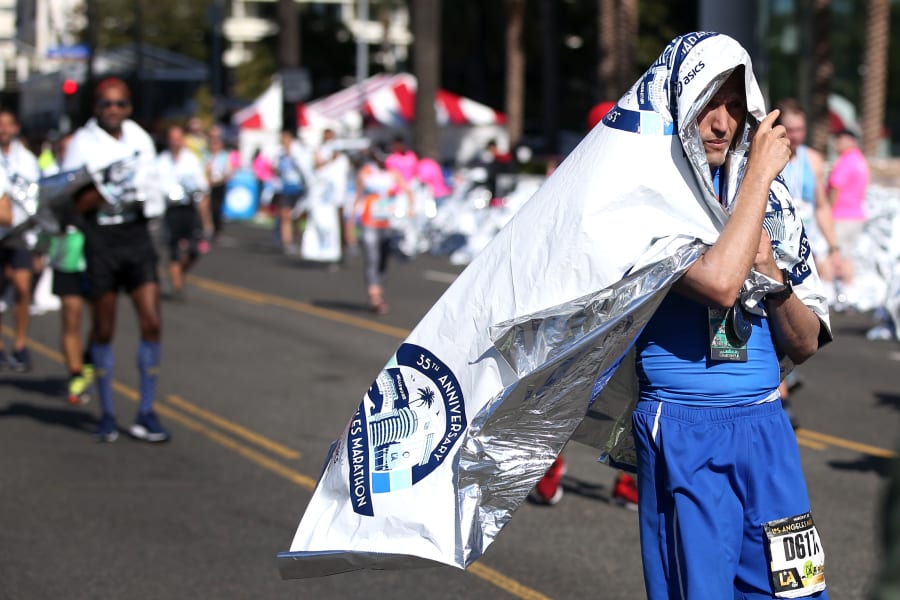World
How space-age technology has helped us on Earth
By Aaliyah Harris, CNN
Updated 1653 GMT (0053 HKT) April 23, 2024
Share


1 of 14
Space research may seem far removed from daily life, but a surprising amount of NASA technology has found more earthly uses. Today's wireless headsets are an updated version of technology developed for astronauts in the 1960s. Before then, headsets used by airplane pilots were bulky and uncomfortable, but NASA commissioned a headset that could be implanted in an astronaut's helmet. It was used to transmit Neil Armstrong's words when he landed on the moon. Courtesy of The National Aeronautics and Space Administration (NASA) photographic archives
In the 1970s, former NASA engineer Frank Rudy developed shock-absorbing, gas-filled membranes fitted into the soles of running shoes. The idea drew on a process called "blow rubber molding," used by NASA to create lightweight space helmets. It was the basis of the "Nike Air" system, and was adapted by other shoe companies, helping protect runners' joints from impact injuries. Ethan Miller / Staff
In the 1990s, NASA was looking into ways to create smaller cameras for spacecraft. It came up with the "complementary metal oxide semiconductor" (CMOS) image sensor, which produced high-quality digital photographs. As the technology developed it was licensed by the likes of Sony and Samsung, according to NASA, and CMOS is now a standard in digital cameras and phones. But camera phones aren't just for fun. The "Eyephone" app, for example, scans eyes to detect diseases such as cataracts and glaucoma, and is aimed at people living in rural areas in developing countries. TONY KARUMBA / Stringer
CT scans and radiology can help diagnose and monitor medical conditions by producing detailed images of our internal organs, blood vessels and bones. The technology was made possible by NASA research in the 1960s, when the space program was developing ways to computer-enhance images of the moon. This CT-scan room is part of a new hospital built for Covid-19 patients in Milan, Italy. MIGUEL MEDINA/AFP/AFP via Getty Images
This indoor vertical farm in Belgium grows lettuce using LED light rather than sunlight. Vertical farms do not require soil and use little water, controlling light, air, humidity and temperature to optimize growth. NASA first developed this technology in the 1990s with the aim of growing plants in space. JOHN THYS / Stringer - AFP via Getty Images
Back in the 1960s NASA worked on creating a device to purify drinking water for astronauts. It used silver ions to kill off bacteria without affecting the taste. The technology has since been used across the world for drinking water and in swimming pools. The PentaPure brand system was used to purify water on Space Shuttle missions and is now used in homes and disaster relief efforts. Courtesy of The National Aeronautics and Space Administration (NASA) photographic archives
This ear thermometer is being used at a medical center in Paris. Thermometers that measure the infrared energy emitted from the eardrum were developed in the early 1990s by Diatek Corporation, which was a part of a Technology Affiliates Program at NASA's Jet Propulsion Laboratory (JPL). The ear thermometers were based on technology JPL created for its Infrared Astronomical Satellite (IRAS), which remotely monitored the temperature of stars and planets from the infrared radiation they emit. BERTRAND GUAY / Contributor
Superinsulators used in cold weather gear such as winter coats, boots and sleeping bags stem from a technology that was first used to combat extreme temperatures in space. A material called "Radiant Barrier," developed by NASA in the 1960s, is now used in home insulation. Courtesy of The National Aeronautics and Space Administration (NASA) photographic archives
Cochlear implants can give a sense of sound to deaf people, by using electrodes to stimulate the auditory nerve. A rudimentary version was trialled in the 1950s, and the idea was further developed by Adam Kissiah, a hard-of-hearing engineer at Kennedy Space Center. He had worked on sound and vibration sensor systems for NASA in the 1970s and used his knowledge to develop the life-changing implant. Shutterstock
Tasked with feeding astronauts on long space missions while also minimizing the weight of food, NASA turned to freeze drying. It refined existing techniques to the point where it says it can now retain 98% of the nutrients at 20% of the original weight. NASA also developed freeze-dried ice cream. These days, freeze-dried food is used in everything from emergency survival kits to disaster relief. NASA
Foil blankets are used by paramedics to retain a person's body heat, and they're widely used to keep runners warm after a marathon. These metallic sheets originated from NASA research in the 1960s, when it was looking to insulate spacecraft and protect astronauts and equipment from the extreme temperature changes of space. Katharine Lotze / Staff
In the 1960s, NASA commissioned the Stanford Research Institute to find ways to make computers more interactive and useful. The research led to an early version of the mouse. TIMOTHY A. CLARY / Staff
NASA research on the use of algae as a food for extended space travel led to the development of a nutritional ingredient known as Formulaid. It contains two fatty acids found in human milk and is now widely added to baby formula. Shutterstock
In the 1960s NASA developed Temper foam as a shock-absorbing filling to improve the comfort of its pilots' airplane seats. It has since been used to pad the helmets of football players, protect bedridden patients from bedsores, as molded seating for people with severe disabilities, and in memory foam mattresses. Shutterstock





















